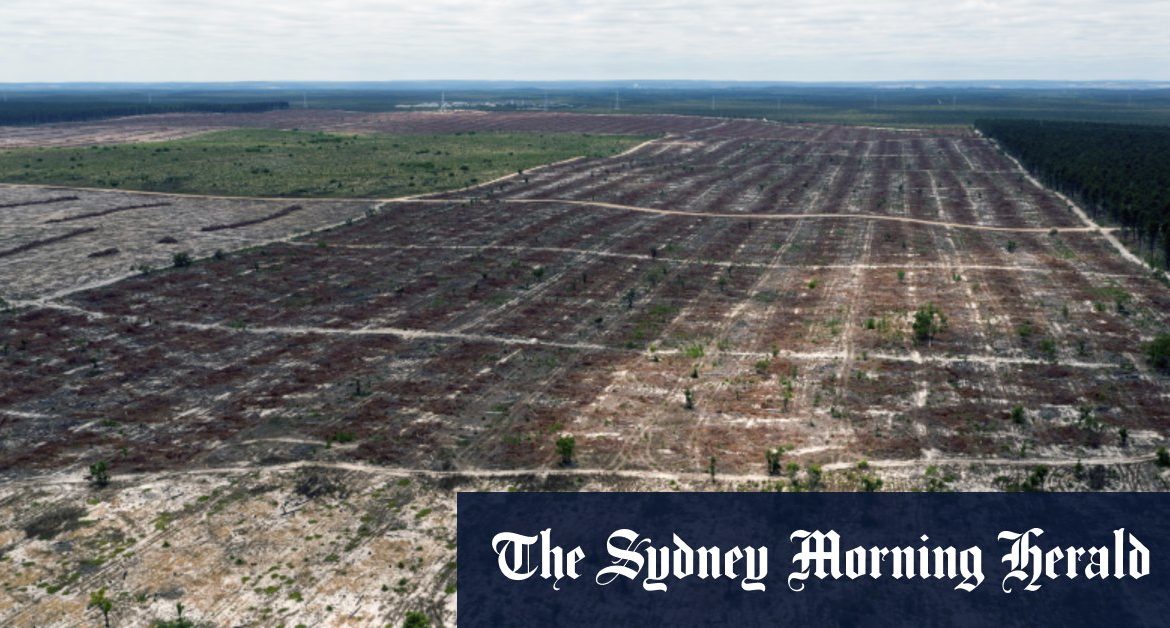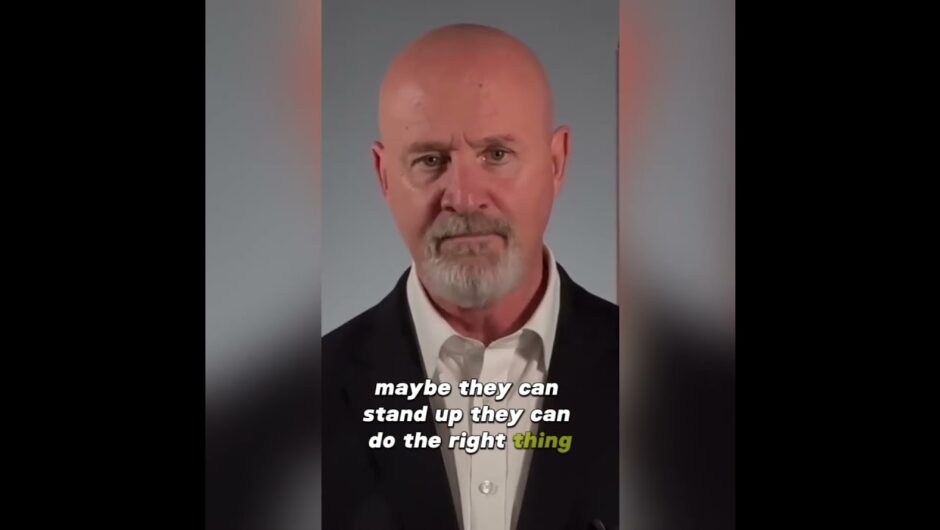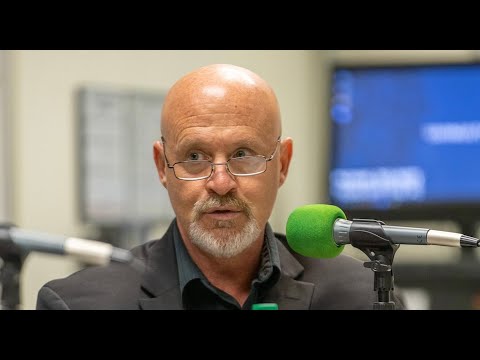“Political egos have killed the future of this bird,” Professor Dixon said.
“We speak and speak while they vanish from our landscapes.
“Extinction is inevitable if we don’t act now.”
He said the government needed to resolve the long-term limbo but also to address the “forage Death Valley” faced in the next three years.
He called for an emergency Carnaby’s forage taskforce of environmental professionals to consider the options to provide fast food for the birds.
One of the country’s largest environmental non-governmental organisations is “lining up” to carry out a plan for Gnangara and echoed his call for an expert taskforce.
Greening Australia has a 40-year track record in large-scale planting, having taken on some of the country’s biggest environmental challenges, including for companies needing to offset clearing or carbon emissions.
A 400-hectare tree-planting project in Sukey Hill just east of Cranbrook that Greening Australia is carrying out for Woodside, part of a 5000-hectare commitment.
Credit:Jesse Collins
They are administering WA’s Green Jobs COVID-19 recovery program, a $4 million fund providing revegetation jobs across the Mid West, Wheatbelt, Peel, South West and Great Southern.
Perth-based science and planning manager Blair Parsons said he approached the Department of Water and Environment Regulation to explore whether Green Jobs could stretch to revegetate Gnangara.
“They had specific regions they wanted to target,” Dr Parsons said. “My impression is the metro area is a lower priority.”
He said Greening Australia was involved in the drafting of the most recent state strategic plan for Gnangara, released in 2015, which balanced environmental, residential and mining needs with the need to recharge the aquifer beneath, including replanting 5000 hectares of pines as a permanent black cockatoo food source. WAtoday recently reported the government had shelved the plan.
Dr Parsons said WA had access to knowledgeable and capable resources in Birdlife Australia; globally renowned restoration scientists; and government departments with a wealth of expertise as well as NGOs such as Greening Australia.
It could be compatible with aquifer management, he said. Money was also not a direct barrier; the land just had to be released, which the now-canned 2015 plan suggested was feasible.
“This could have a collective impact to shift the needle for this species,” Dr Parsons said.
“But we need access to land, to be dedicated and managed for conservation.
“This is one of the highest profile species around. This is also a great opportunity for a greener economy.”
‘A park for the children of the next millennium’
In the 1990s, CALM – the conservation department that has since undergone several identity changes – released an ambitious strategy for Gnangara.
“A new park 100 times the size of Kings Park, in the suburbs of Perth for children of the next millennium. A park to preserve and protect endangered species,” the government said on its release.
The 50,000 hectare Gnangara Park would steadily grow as the pines were progressively harvested, the government promised. Cleared land would be planted with native species and 27,000 hectares of surrounding state-owned woodlands would combine with the 23,000-hectare plantation area.
But political machinations felled the plan and two decades later the state has shelved another strategic vision for the area.
During that time the Carnaby’s population has dropped an estimated 35 per cent, and their traditional food source, banksia woodland, has joined them on the endangered list.
The government is replanting harvested areas at the rate of 20-50 hectares a year, a rate at which it would take more than a century to replace the 6000 hectares on the chopping block.
Loading
It recently announced it would spend $2 million from the Offset Fund for Recovery program on supporting Carnaby’s cockatoo habitat in Perth and is also planning to give grants this year for non-government organisations to collect native seeds across an area including the Gnangara mound, to revegetate the region.
The government may also use some of a new $15 million Native Vegetation Rehabilitation Scheme to bolster this project. Specific areas and time periods have not been announced.
Independent climate advocacy group Clean State pointed to its own plan; the $200 million statewide Urban and Regional Conservation Stimulus, including a component for Perth tree planting.
“In addition to state and local authorities planting on their own land, our plan would entail incentives for private landowners to plant the trees,” spokeswoman Maggie Wood said.
“We call on the state government and local governments to look at the fantastic ideas that are on offer and move quickly to save the Carnaby’s.”
Emma Young is a WAtoday reporter focusing on environmental issues, urban planning, social justice and the arts. She has won eight WA Media Awards, including the Matt Price Award for Best Columnist.
Most Viewed in National
Loading







